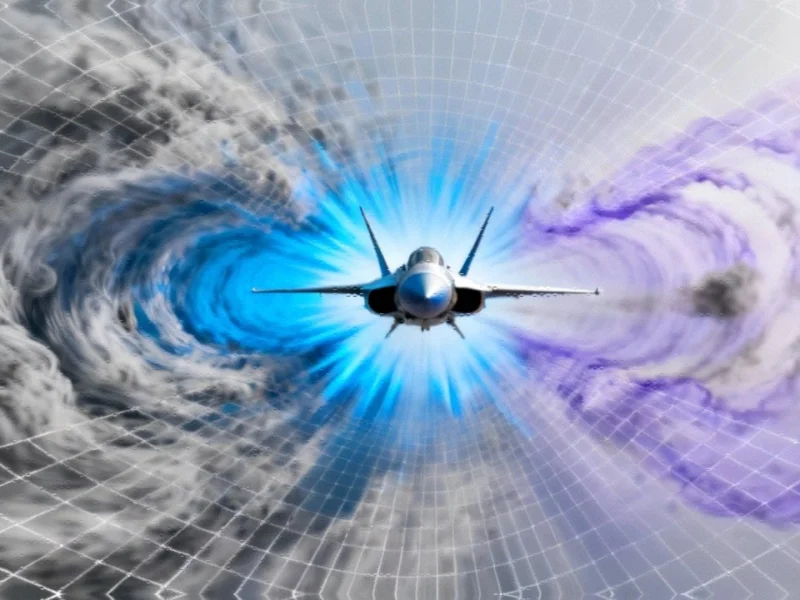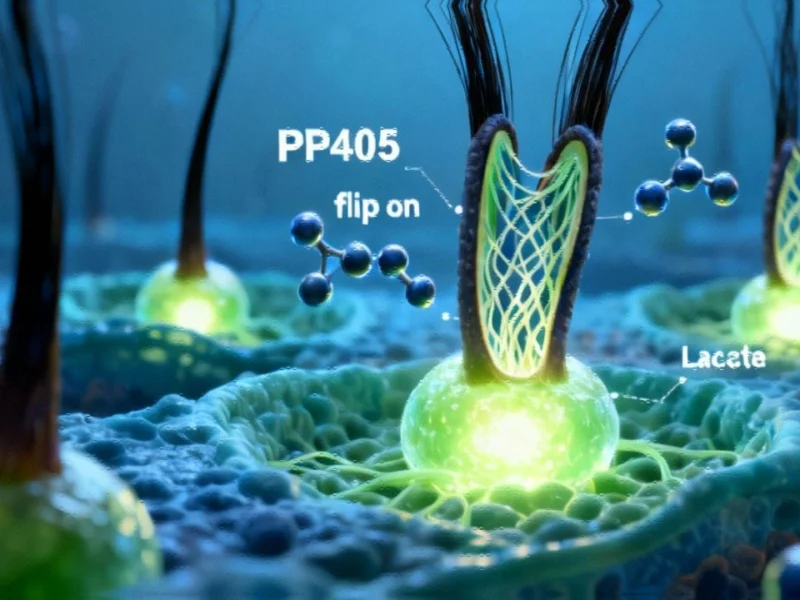Note: Featured image is for illustrative purposes only and does not represent any specific product, service, or entity mentioned in this article.
Bridging the Gap Between Theory and Simulation
Researchers from Yokohama National University have made significant strides in computational fluid dynamics, specifically in how very weak shock waves are represented in simulation models. Published in Physics of Fluids on August 19, their work addresses a critical discrepancy between theoretical predictions, physical measurements, and computational representations that has long plagued engineers and scientists working with shock wave phenomena.
According to Professor Keiichi Kitamura from Yokohama National University’s Faculty of Engineering, “Shock waves cause instantaneous compression, resulting in increased entropy; thus, precise computations of flows involving shock waves are crucial.” This research comes at a time when computational breakthrough improves weak shock wave understanding across multiple engineering disciplines.
Understanding the Weak Shock Wave Challenge
Shock waves represent the pressure propagation from explosions or objects moving faster than sound, such as supersonic aircraft. Weak shockwaves exhibit the same fundamental changes in pressure, density, and velocity as their stronger counterparts but operate at much smaller scales and move closer to the speed of sound. The computational difficulty arises from how these subtle phenomena are represented in numerical simulations.
Kitamura explains that conventional approaches often categorize very weak shock waves as “diffused,” but this classification fails to account for the nuanced variables that characterize their movement and behavior. The research team discovered that the entropy generation process within numerically expressed shockwaves was the root cause of this misrepresentation.
Three Regimes of Shock Wave Behavior
Through detailed analysis, the researchers identified that moving shock waves can be classified into three distinct regimes: dissipated, transitional, and thinly captured. This classification provides a more accurate framework for understanding how shock waves behave in computational models and why previous simulations automatically adjusted physical parameters to match calculated entropy.
The findings have significant implications for industry developments in aerospace and defense sectors, where accurate shock wave prediction is critical for design and safety. As computational methods evolve, understanding these fundamental physical processes becomes increasingly important for technological advancement.
Finite Volume Methods and Stability Challenges
Kitamura elaborated on the technical challenges: “Finite volume methods are commonly utilized to address the discontinuity in numerical simulations as they can conserve variables even at shock discontinuities. However, computing shock waves using finite volume methods is not always stable and, under certain conditions, presents challenges owing to their discontinuous nature.”
This research provides crucial insights that could influence recent technology investments in computational fluid dynamics software and hardware. As industries increasingly rely on simulation for product development, the accuracy of these computational tools becomes paramount.
Practical Applications and Future Implications
The implications extend beyond theoretical physics into practical engineering applications. Gaku Fukushima, corresponding author and postdoctoral researcher at Université de Sherbrooke, emphasized that these findings “will bridge the understanding gap between theoretical and physical weak shock waves, which could potentially contribute to safer, more economical and more accurate designs of future rockets and supersonic aircraft.”
This breakthrough comes amid broader market trends favoring advanced simulation technologies across multiple industrial sectors. The ability to more accurately predict shock wave behavior could lead to significant improvements in aerospace design, explosive containment systems, and medical applications involving shock waves.
Industry Impact and Computational Advancements
The research represents a fundamental advancement in how computational models handle physical phenomena that have previously resisted accurate simulation. As industrial computing continues to evolve, understanding these complex interactions becomes increasingly critical for innovation across multiple sectors.
These developments in computational physics parallel related innovations in industrial computing that are transforming how engineers approach complex design challenges. The intersection of theoretical physics, computational methods, and practical engineering continues to drive progress in unexpected ways.
As organizations navigate the complexities of implementing new computational methodologies, they might benefit from strategies for navigating workplace challenges that often accompany technological transitions. The successful implementation of advanced computational methods requires both technical expertise and effective organizational management.
Looking Forward: The Future of Shock Wave Simulation
This research establishes a new foundation for understanding and simulating weak shock waves, with potential applications ranging from aerospace engineering to industrial safety systems. As computational power continues to increase and algorithms become more sophisticated, the gap between theoretical predictions and simulated results continues to narrow.
The work from Yokohama National University represents a significant step toward more accurate, reliable computational models that can better predict real-world physical behaviors. For engineers and scientists working with shock waves, these findings provide both immediate practical benefits and long-term research directions that could transform how we understand and interact with these fundamental physical phenomena.
This article aggregates information from publicly available sources. All trademarks and copyrights belong to their respective owners.



